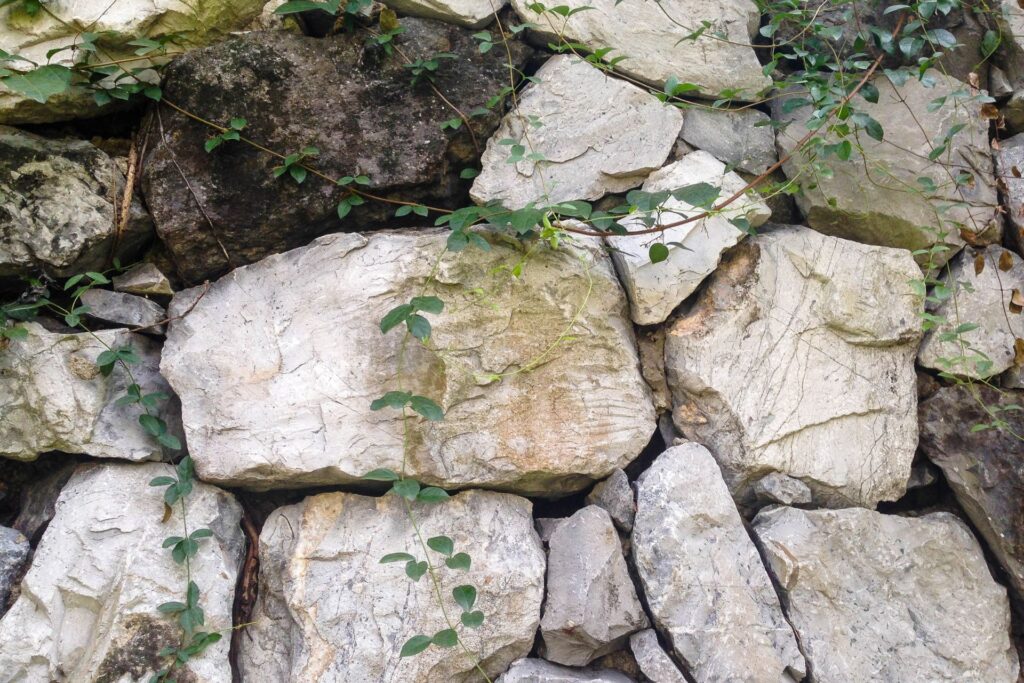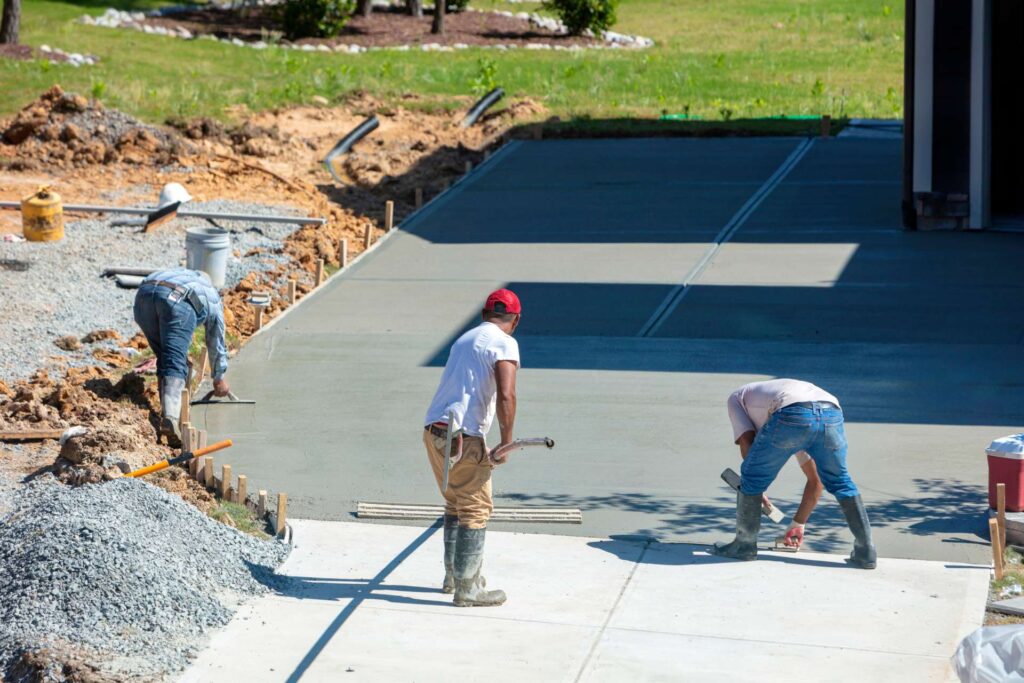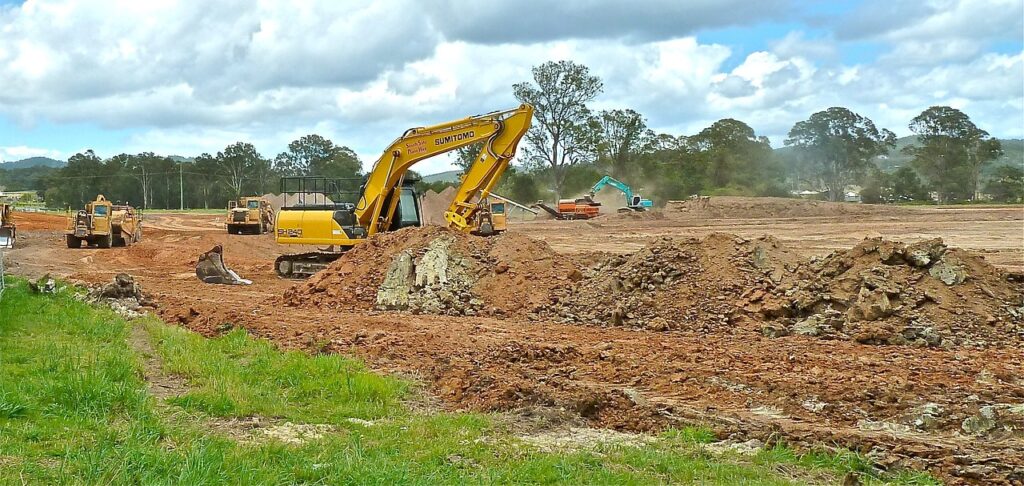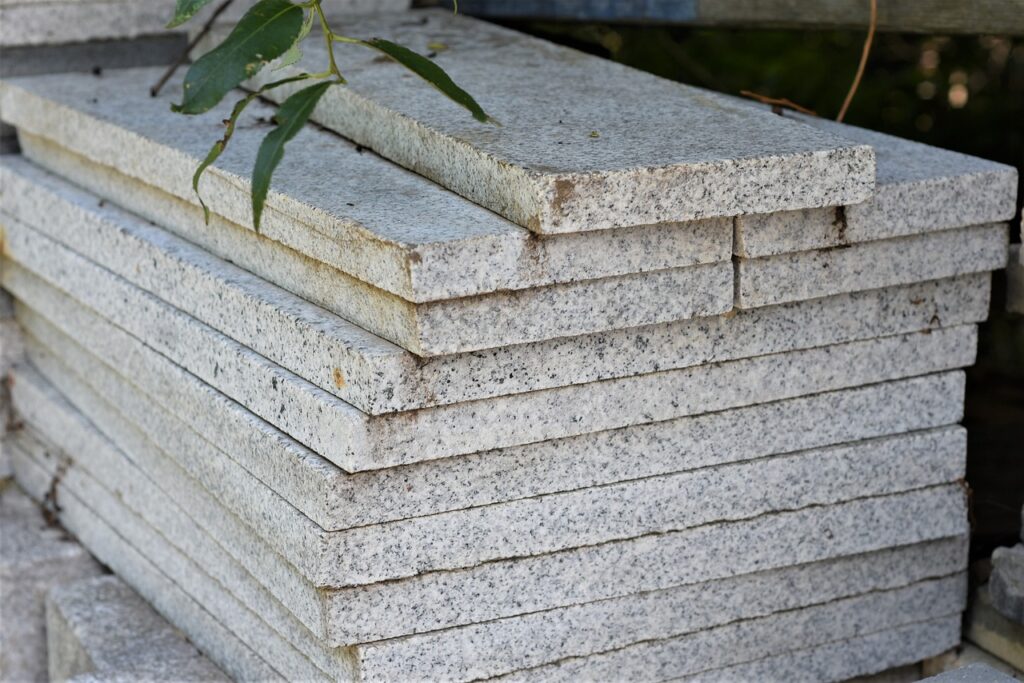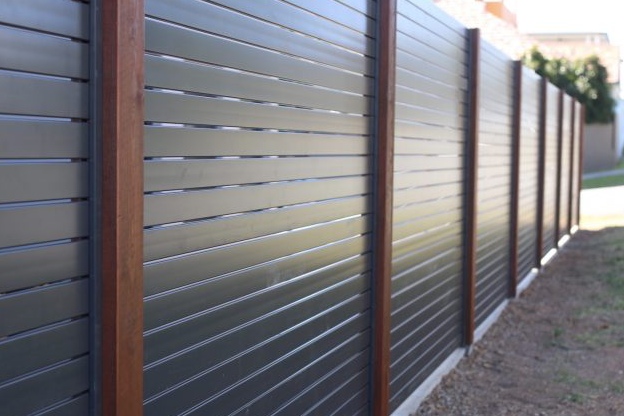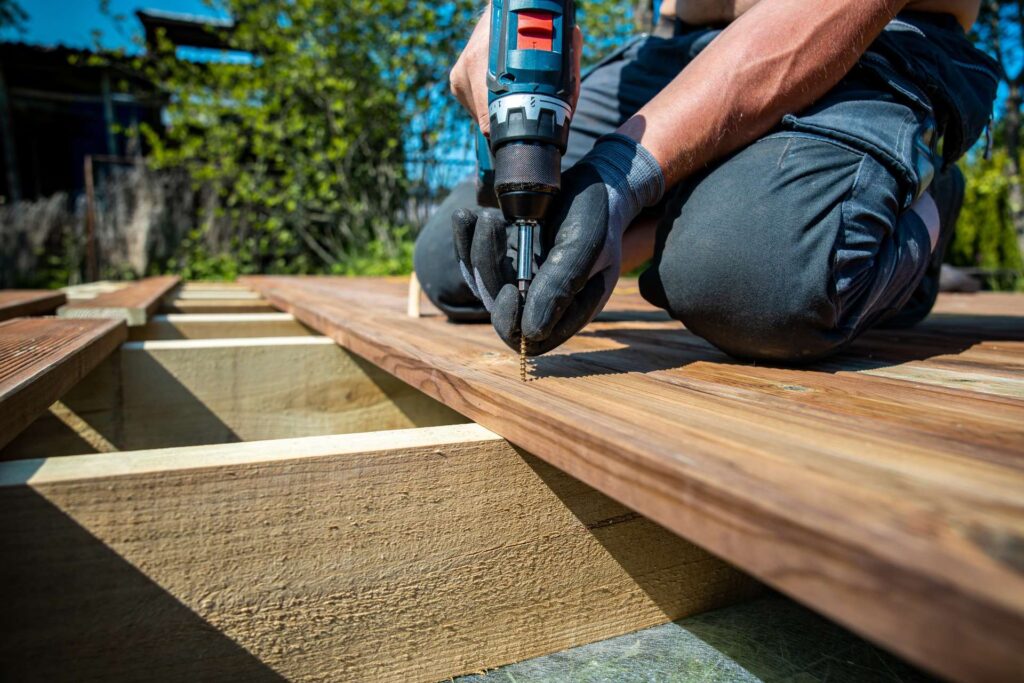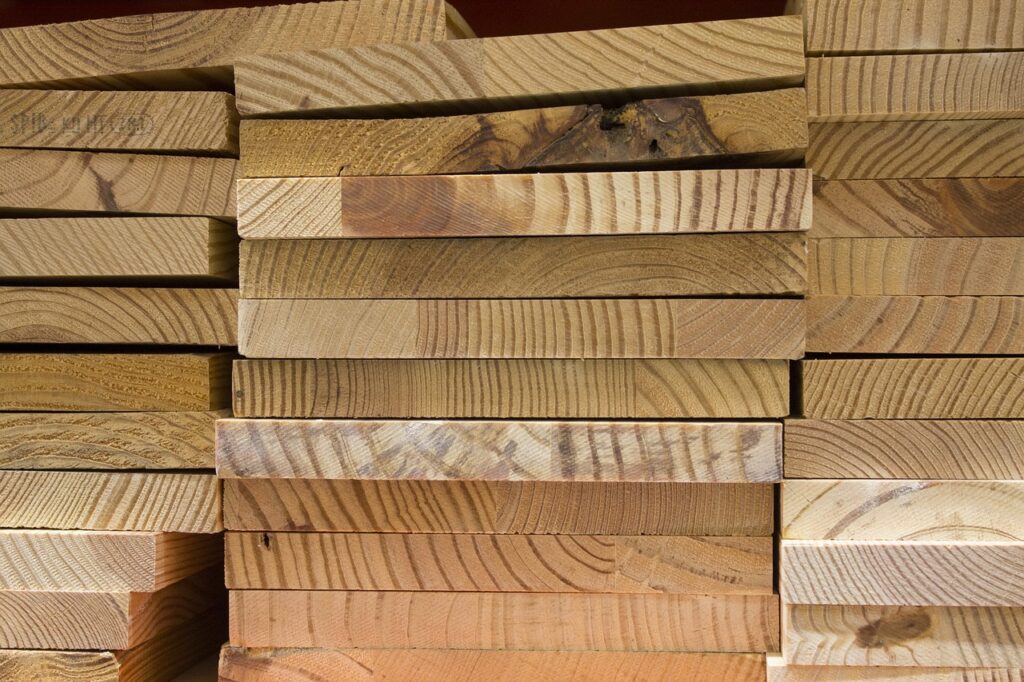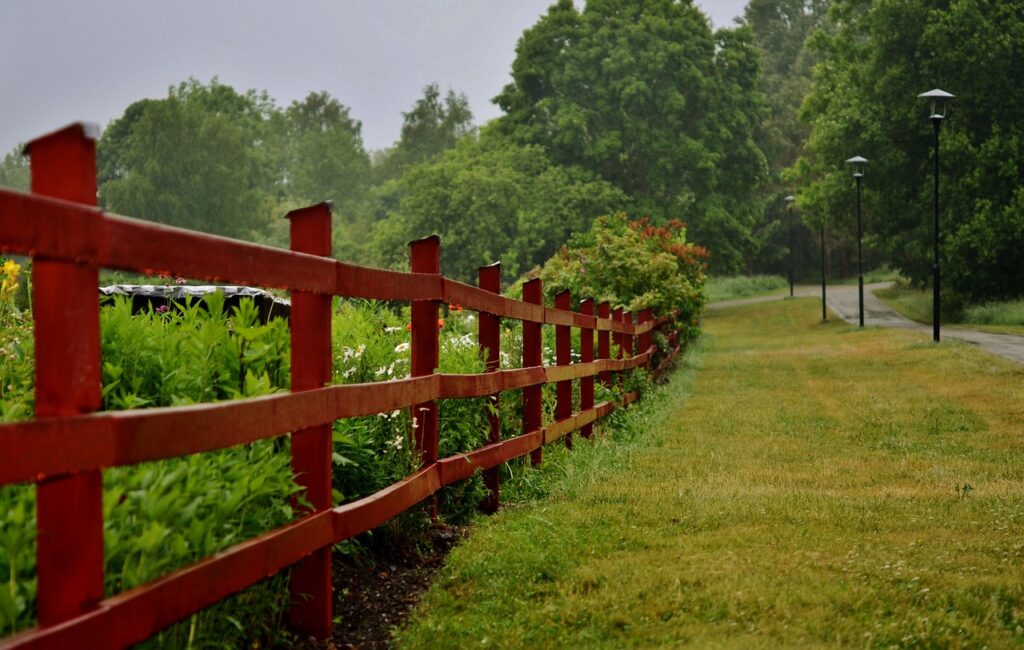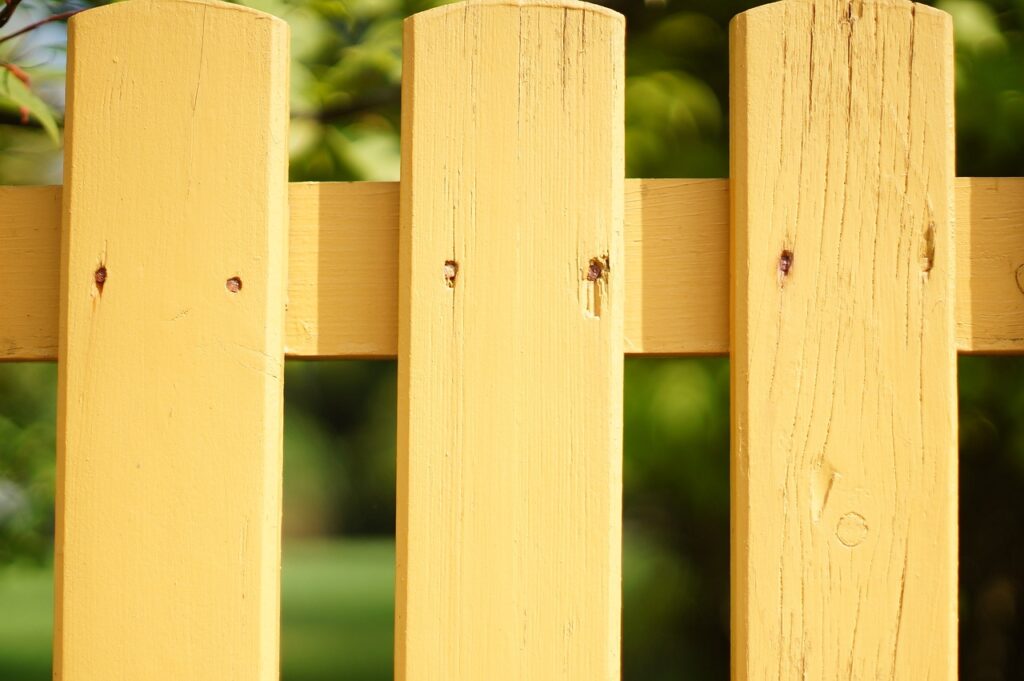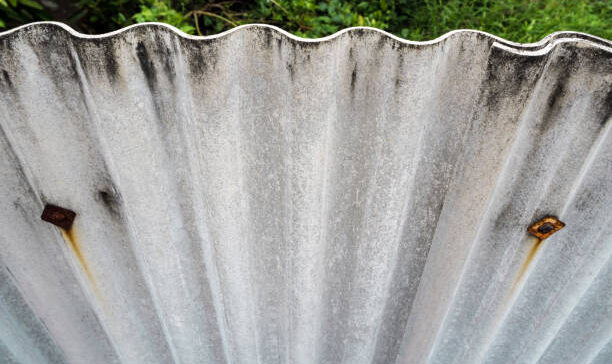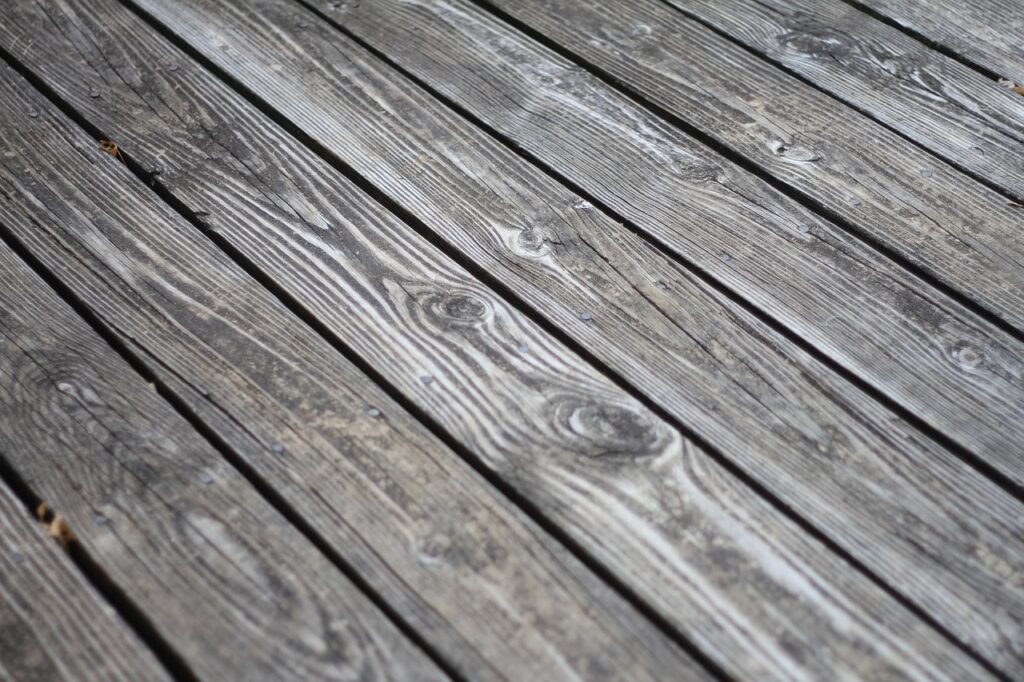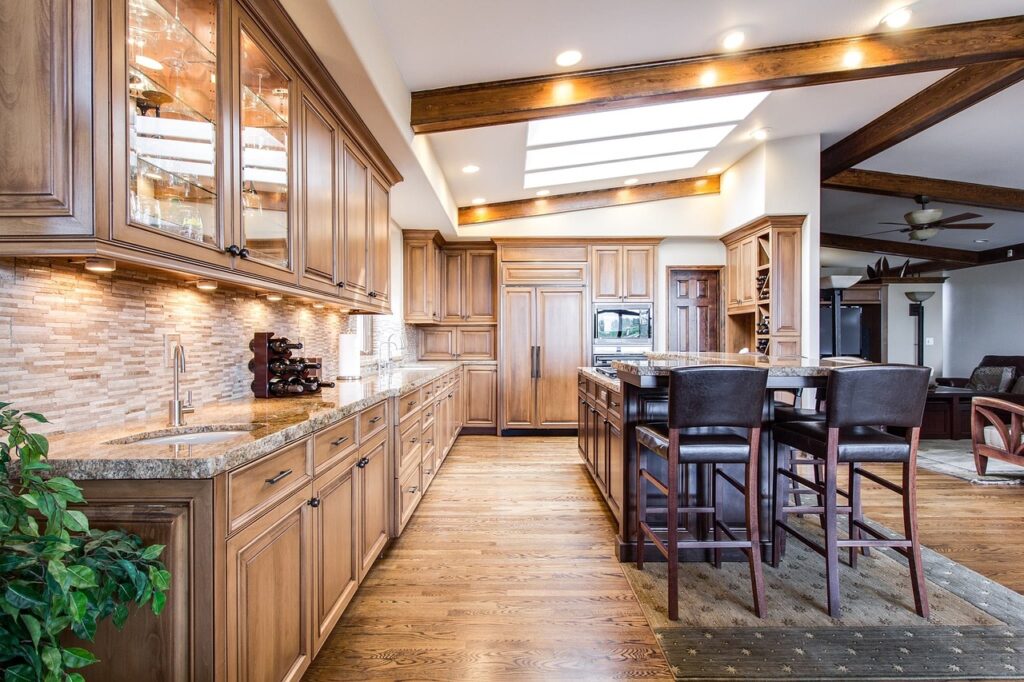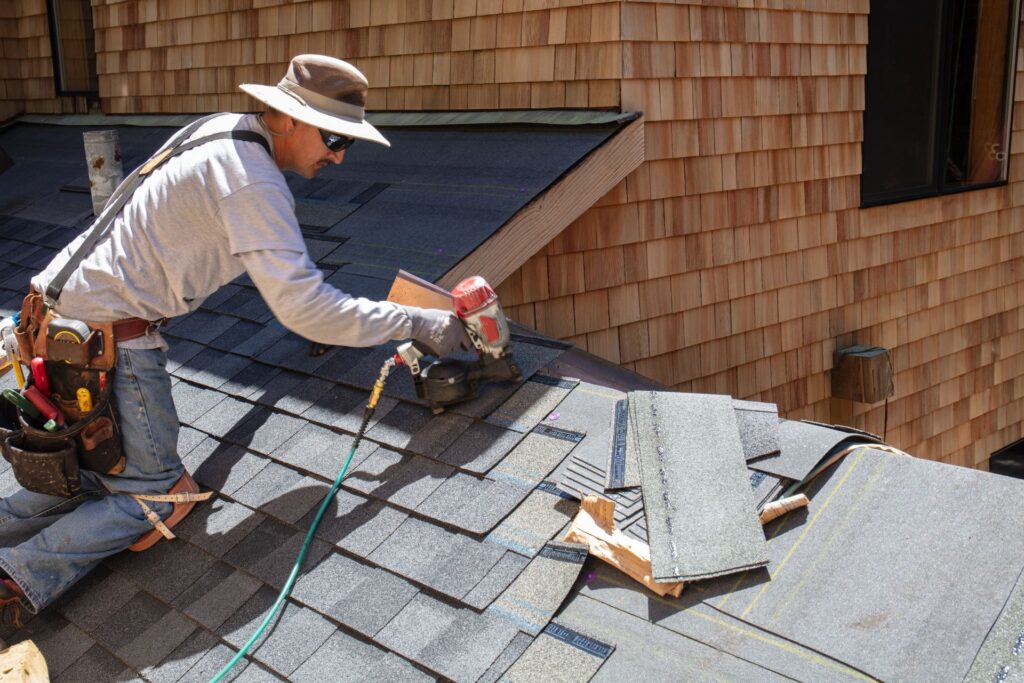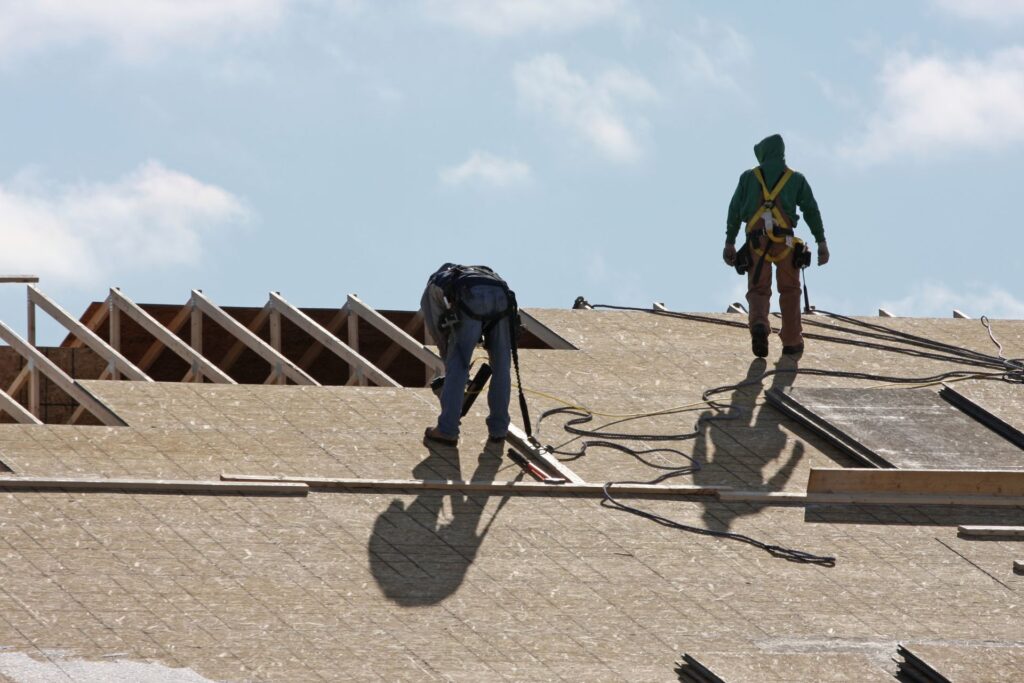Welcome to our comprehensive guide on the cost of large landscaping rocks in New Zealand. Landscaping with rocks has become a popular trend among gardeners and homeowners seeking a robust, natural aesthetic that stands the test of time. Whether you’re designing a serene Zen garden, constructing rugged rock barriers, or just accenting your garden paths, large rocks can dramatically transform any outdoor space. In this blog post, we will explore the different types of large landscaping rocks available, delve into the factors that influence their cost, and provide you with the average prices to help you budget your next landscaping project effectively. So, let’s dive in and uncover everything you need to know about selecting and investing in large landscaping rocks in NZ.
On average, the cost of large landscaping rocks in New Zealand ranges from $100 to $600 per ton. Prices can vary significantly based on the type of rock, with common options including river rocks, volcanic rocks, and schist. Additional factors such as the rock’s size, whether it is sourced locally or imported, and the cost of transportation due to the weight and bulk of the rocks also play a crucial role in determining the final price. When planning your landscaping project, it’s essential to consider these variables to ensure you stay within your budget while achieving the desired aesthetic.
- Types Of Large Landscaping Rocks Available In NZ
- Factors Influencing The Cost Of Large Landscaping Rocks
- Average Prices Of Large Landscaping Rocks In NZ
- Buying Tips And Considerations
- Installation Costs And Tips
- Maintenance And Long-Term Care
- Case Studies And Examples
- Alternatives To Large Landscaping Rocks
- FAQs: About The Cost Of Large Landscaping Rocks NZ
- Conclusion
- Find A Landscaping Company Near You
Types Of Large Landscaping Rocks Available In NZ
Landscaping rocks are a popular choice for gardeners and designers looking to add texture, structure, and a natural element to outdoor spaces. In New Zealand, the rich geographical diversity offers a unique selection of rocks, each suited for various design needs. Here, we explore the most common types of large landscaping rocks found across the country, detailing their visual characteristics and suitability for different landscaping projects.
River Rocks
River rocks are smooth, rounded stones typically found in the beds of rivers and streams. Their smoothness is a result of years of water erosion. These rocks come in a range of sizes and neutral shades such as grey, brown, and white. The polished, glossy appearance of river rocks makes them a perfect choice for creating serene and rustic water features, dry river beds, and garden borders. Their smooth texture also makes them ideal for areas where foot traffic is common, as they are comfortable to walk on.
Volcanic Rocks
New Zealand’s volcanic history is prominently reflected in its abundance of volcanic rocks, which include basalt and pumice. Volcanic rocks are usually porous and lightweight, making them easy to position in the garden. Their dark, often black color provides a striking contrast to green foliage and brightly colored flowers, making them excellent for accentuating features in a garden. Volcanic rocks are particularly effective in succulent gardens and other xeriscape designs, as they offer good drainage and reflect heat well.
Schist
Schist is a type of metamorphic rock that is prevalent in certain regions of New Zealand, notably the Central Otago. It is recognizable by its strong layering and flaky appearance, often shimmering with mica inclusions. The texture and rustic gold to silver-grey colors of schist make it a popular choice for feature walls, fire pits, and as a dramatic backdrop for water features. Schist is also used in stepping stones and patio areas, where its unique texture and color variations can be fully appreciated.
Suitability for Landscaping Designs
Each type of rock offers different benefits and aesthetic appeals, making them suitable for various applications in landscaping:
River Rocks: are best used in areas where a smooth, organic look is desired. They work well in water features and pebble paths, where their rounded edges and soothing colors enhance the natural flow of the design.
Volcanic Rocks: are ideal for bold, statement features. Their unique porous texture and dark color make them suitable for modern gardens where the contrast with plants can create a visually stunning effect.
Schist: offers a more textured, rugged appeal, making it perfect for creating naturalistic landscapes that mimic the wild beauty of New Zealand’s mountainous regions.
Choosing the right type of landscaping rock depends largely on the desired aesthetic and the functional needs of the garden. By considering both the visual appeal and the practical aspects of each rock type, gardeners and landscape designers can create beautiful, durable, and sustainable outdoor spaces.
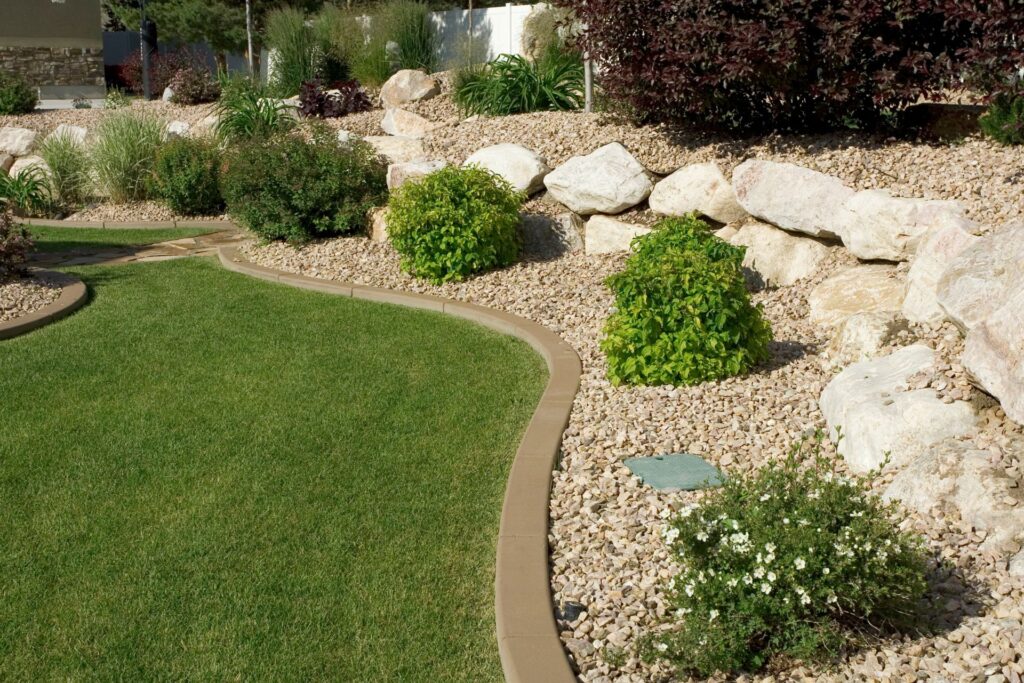
Factors Influencing The Cost Of Large Landscaping Rocks
When it comes to landscaping, large rocks are often a central feature due to their natural aesthetic, durability, and low maintenance. However, their cost can vary significantly based on several key factors. In this article, we’ll delve into the various elements that influence the pricing of large landscaping rocks, helping you make informed decisions whether you’re planning a garden project or sourcing materials for a landscaping business.
Size and Weight
The size and weight of landscaping rocks play a crucial role in determining their price. Larger rocks naturally require more material and labor to quarry and shape, increasing their cost. Additionally, heavier rocks are more challenging to transport and may need special equipment to move, which can add to the expense. When selecting rocks for your landscaping, consider how the size impacts both the aesthetics and the budget.
Type of Rock
Not all rocks are created equal in terms of pricing. The type of rock can significantly affect how much you pay. For instance, common types like limestone and sandstone are generally more affordable than more exotic or rare varieties such as quartzite or basalt. The rock’s durability, color, and rarity can influence its price, with more unique and aesthetically appealing options often carrying a premium.
Source/Origin
Where the rocks come from also impacts their cost. Locally sourced rocks are typically cheaper because they do not incur high transportation costs. In contrast, rocks that are imported from other states or countries can be more expensive due to the logistics involved in moving them long distances. Considering the origin of the rocks can provide insights into their environmental impact and sustainability, as well as their cost.
Transportation and Delivery
Transportation and delivery costs are significant factors in the overall price of large landscaping rocks. The further the rocks need to be transported, the higher the cost, especially for heavy materials that require special handling and vehicles. These costs can increase exponentially if the delivery site is difficult to access or requires additional manpower to unload and position the rocks.
Quantity
Buying in bulk can often reduce the cost per unit, making it a cost-effective option for large projects. Many suppliers offer discounts for larger orders, which can be beneficial for both residential customers working on big projects and commercial clients. On the other hand, purchasing individual pieces might be necessary for smaller, more detailed work but can be more expensive in terms of both the price per rock and the associated handling fees.
When planning to purchase large landscaping rocks, it’s important to consider these factors to budget effectively and achieve the desired aesthetic outcome. By understanding how size and weight, type of rock, source, transportation, and quantity affect costs, you can better navigate the complexities of sourcing landscaping materials and make choices that align with your project needs and financial constraints. Whether you’re a homeowner looking to enhance your garden or a professional landscaper sourcing materials for various projects, keeping these cost factors in mind will help you maximize your investment in landscaping rocks.
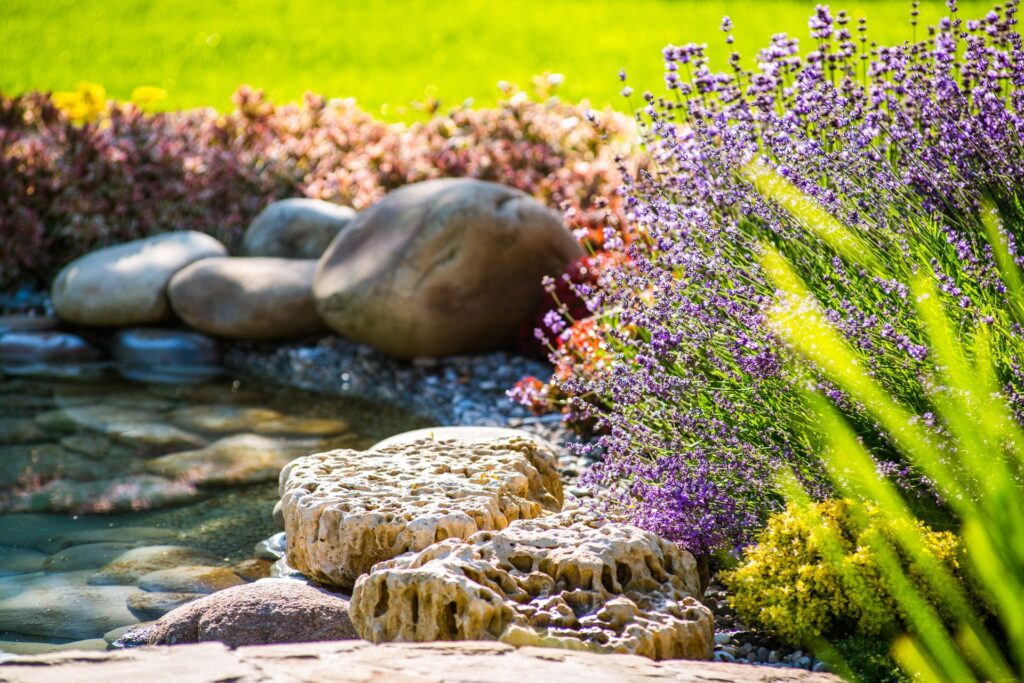
Average Prices Of Large Landscaping Rocks In NZ
When it comes to landscaping, choosing the right materials is crucial, and for many, large landscaping rocks are a must-have. Not only do they add a natural aesthetic to your garden, but they’re also durable and require minimal maintenance. If you’re planning to incorporate these elements into your New Zealand property, understanding the average costs involved is essential. In this section, we’ll delve into the average prices of large landscaping rocks in NZ, compare prices from various suppliers, and offer some practical tips to ensure you get the best deal.
Average Prices of Large Landscaping Rocks
The cost of large landscaping rocks in New Zealand can vary significantly based on factors like type, size, and the supplier’s location. Prices are typically quoted per ton or kilogram, and can also be assessed per individual rock, depending on size and type. Here’s a general breakdown of what you might expect:
Granite: Known for its hardness and variety of colors, granite rocks typically range from NZ$100 to NZ$300 per ton.
Limestone: Popular for its decorative qualities, limestone rocks are usually priced between NZ$60 to NZ$180 per ton.
Schist: This layered rock is favored for its unique texture and can cost anywhere from NZ$150 to NZ$400 per ton.
River stones: Smooth and often colorful, river stones can vary from NZ$50 to NZ$250 per ton.
Remember, these prices are indicative and can fluctuate based on the local market and the rock’s specific characteristics.
Price Comparison Across Different Suppliers
The price of landscaping rocks can also vary from one supplier to another across New Zealand. Here are a few tips when comparing prices:
Check both local and national suppliers: Local suppliers might offer lower prices due to reduced transportation costs.
Consider bulk buying: Some suppliers may offer a discount if you purchase large quantities.
Look for seasonal sales: Prices can drop during off-peak seasons like winter.
By comparing prices from various suppliers, you can gauge the market and potentially snag a better deal.
Tips on Getting the Best Prices and Budgeting
Budgeting for large landscaping rocks involves more than just considering the purchase price. Here are some tips to keep in mind:
Get quotes from multiple suppliers: Don’t settle on the first price you find; ask around to compare.
Factor in delivery costs: Large rocks are heavy, and delivery can be costly. Include this in your budget.
Consider the total landscaping design: Sometimes, spending more on higher-quality rocks can save you maintenance costs in the future.
DIY where possible: While professional installation ensures perfection, simple placements can be done by yourself, saving on labor costs.
By understanding the intricacies of pricing and knowing where to look, you can make informed decisions that align with your landscaping goals and budget.
By taking the time to research and compare the average prices of large landscaping rocks in New Zealand, you ensure that your landscaping project not only enhances the aesthetic of your property but does so in a cost-effective manner.
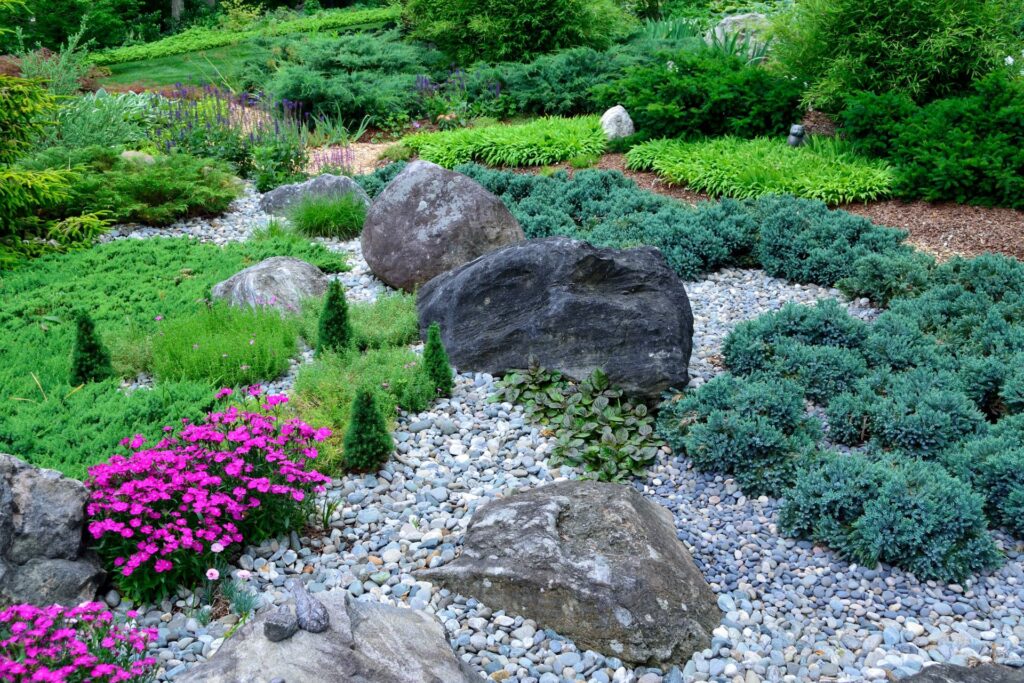
Buying Tips And Considerations
When looking to enhance your garden or outdoor space with landscaping rocks in New Zealand, there are several important considerations to keep in mind. This guide provides comprehensive insights into where to buy, how to check for quality, tips for negotiating prices, and the best times of the year to make your purchase.
Where to Buy Landscaping Rocks in New Zealand
Finding the right supplier is crucial when purchasing landscaping rocks. New Zealand boasts a variety of local quarries, garden supply stores, and specialized landscaping suppliers that offer a range of rocks suitable for different design needs. Major cities like Auckland, Wellington, and Christchurch have numerous options but don’t overlook local, smaller suppliers in regional areas, which might provide unique local stones not available elsewhere. Additionally, online marketplaces can be convenient, but viewing the product in person is often recommended to fully appreciate the texture and color of the rocks.
Quality Check: Assessing the Quality of Landscaping Rocks
Quality is paramount when selecting landscaping rocks. You want to ensure that the rocks are durable and suitable for the New Zealand climate. When assessing rock quality, check for uniformity in texture and color, depending on your project needs. Examine the rocks for any signs of cracking or excessive weathering, which could affect their longevity and appearance. Consulting with a specialist at the point of purchase can provide additional assurance that the rocks meet your landscaping requirements.
Negotiation Tips: Can You Negotiate Prices and How?
Yes, it is often possible to negotiate the price of landscaping rocks, especially when purchasing in large quantities. To successfully negotiate, it’s helpful to research the average prices in your area and gather quotes from several suppliers. Demonstrating knowledge of the market can make you a more formidable negotiator. It’s also effective to visit suppliers in person, as building a rapport can lead to better deals. Don’t hesitate to ask for discounts, particularly towards the end of the financial year when businesses are more likely to clear stock.
Seasonal Considerations: Best Times of the Year to Buy
The price of landscaping rocks can vary throughout the year based on demand and supply dynamics. Typically, the end of winter and early spring are when most landscaping projects commence, so prices can be higher due to increased demand. Conversely, late autumn and early winter might offer better deals as businesses seek to reduce inventory before the year’s end. Planning your purchase during these off-peak times can lead to significant savings.
In conclusion, purchasing landscaping rocks in New Zealand requires a bit of planning and consideration but can lead to wonderfully aesthetic and functional enhancements to your property. By understanding where to buy, how to assess quality, negotiate prices, and consider seasonal fluctuations, you can make informed decisions that ensure value for money and a beautiful result in your landscaping projects.
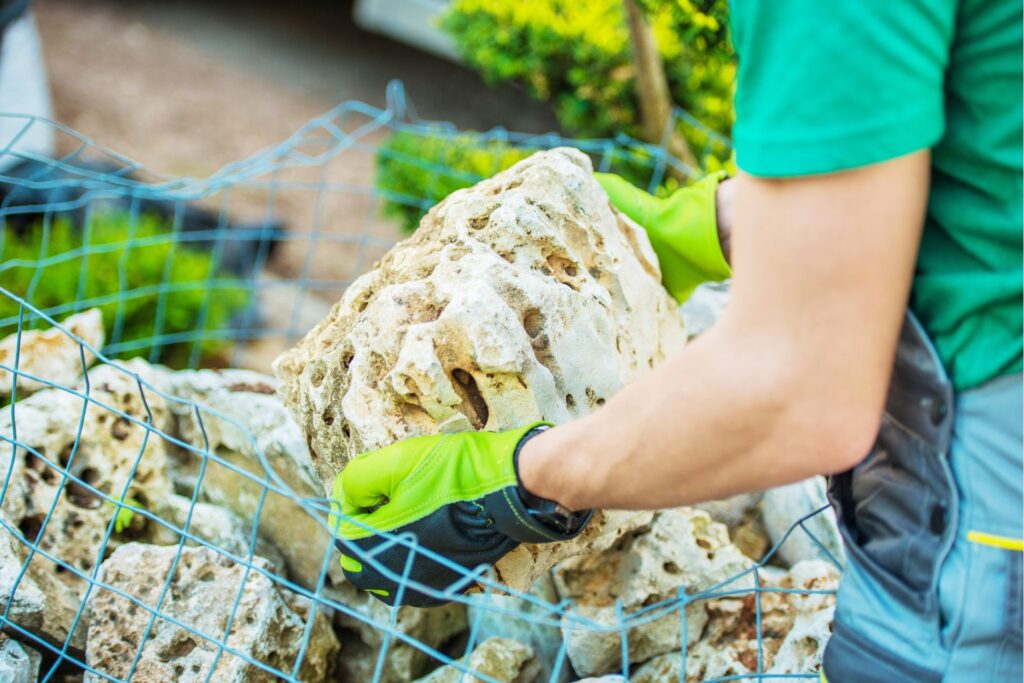
Installation Costs And Tips
When considering the installation of large rocks in your landscaping or construction project, understanding the costs, necessary tools, and methods involved is crucial for a successful outcome. This guide provides a comprehensive look at the installation process, cost considerations, and essential safety tips to help you decide between a do-it-yourself (DIY) approach and hiring professionals.
Overview of the Installation Process for Large Rocks
The installation of large rocks involves several steps, starting from selecting the right rocks to positioning them securely in your desired location. The process typically includes:
1. Selection: Choosing rocks that fit the aesthetic and functional requirements of your project.
2. Transportation: Arranging for the rocks to be delivered to your site, which often requires specialized equipment.
3. Placement: Using machinery or manual strength to move and position the rocks.
4. Adjustment: Fine-tuning the position of the rocks to ensure they sit well within the landscape and are stable.
DIY vs. Hiring Professionals: Cost Comparison and When to Choose Each Option
Installation
Pros: Reduced labor costs; personal satisfaction from completing the project.
Cons: Higher risk of injury; potential for improper installation.
Cost: Primarily consists of equipment rental fees (like skid steers or hoists) and transportation.
When to DIY: Opt for DIY if you have experience with similar projects, access to the necessary tools, and the physical ability to manage heavy materials safely.
Hiring Professionals
Pros: Expertise in handling and installing large rocks safely; faster completion; labor and equipment are typically included in the service.
Cons: Higher overall cost.
Cost: Varies based on the scope of the project but generally includes labor, equipment, and sometimes the cost of the rocks themselves.
When to Hire: Best for those who prefer a hassle-free process, need to adhere to tight timelines, or when the project involves complex designs or large, very heavy rocks.
Step-by-Step Guide on Basic Installation Techniques (if DIY)
If you decide to install large rocks by yourself, follow this basic guide to ensure a safe and effective installation:
1. Prepare the Site: Clear the area where you’ll place the rock, removing debris and leveling the ground if necessary.
2. Gather Your Tools: Depending on the size of the rock, you might need straps, a furniture dolly, a skid steer, or even a crane.
3. Positioning the Rock: With the help of your tools and some strong helpers, move the rock to the desired location. Use levers and rollers to adjust its position precisely.
4. Secure the Rock: Ensure the rock is stable and won’t shift over time. You may need to dig a partial hole or use smaller stones to anchor it.
Safety Tips and Tools Required for Handling Large Rocks
Safety Tips
- Always wear protective gear, including gloves, boots, and a helmet.
- Use proper lifting techniques to avoid back strain.
- Ensure all helpers and bystanders are clear of the area when moving the rock.
Tools Required
- Lifting straps and ropes.
- A dolly or hand truck designed for heavy objects.
- Skid steer or crane for very large rocks.
Installing large rocks can dramatically enhance the aesthetic of your landscape or construction project. Whether you choose to DIY or hire professionals depends largely on your experience, budget, and the scale of the project. By following the above guidelines, you can ensure that your rock installation is both beautiful and secure. This detailed guide on the installation costs and tips for large rocks offers you the knowledge and confidence to tackle your project efficiently and safely, whether you’re a seasoned DIY enthusiast or considering professional help for optimal results.
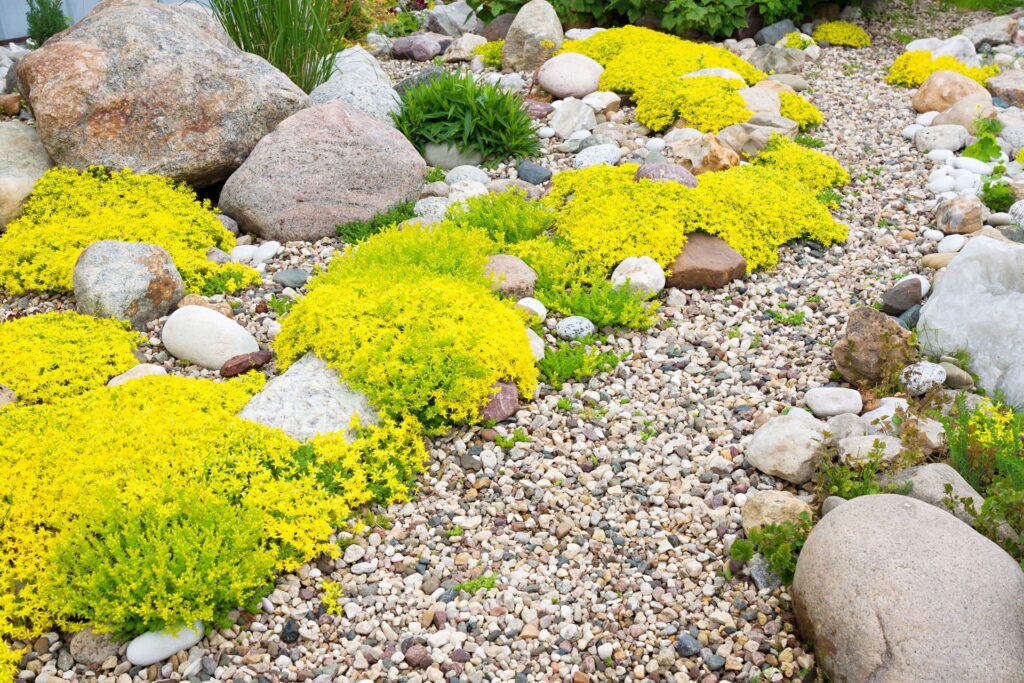
Maintenance And Long-Term Care
When it comes to enhancing your outdoor space, landscaping rocks are a popular choice due to their aesthetic appeal and low maintenance. However, proper upkeep is crucial to ensure these features continue to enhance your garden’s beauty and do not turn into an eyesore or a financial burden over time. Section 6 delves into maintenance tips and explores potential long-term costs associated with landscaping rocks. Here’s a detailed guide to help you manage these aspects effectively.
Maintenance Tips to Preserve the Quality and Appearance of Landscaping Rocks
Regular Cleaning: Over time, dirt, debris, and organic material like leaves can accumulate on your rocks, diminishing their appearance. It’s essential to regularly clean these elements off your rocks. A simple hose down can work, but for more stubborn grime, a mixture of water and vinegar can be used to gently scrub the rocks clean.
Weed Control: Weeds can sprout between landscaping rocks, detracting from the overall look and potentially dislodging the rocks. Regularly pulling weeds and using a geotextile fabric underneath the rocks can prevent unwanted growth.
Check for Erosion: Landscaping rocks can shift due to erosion caused by water runoff. Periodically check the arrangement of your rocks and reposition them if necessary to maintain the intended design.
Sealing Rocks: Some types of rocks benefit from sealing to maintain their color and protect them from elements. Sealants can prevent water absorption and help the rocks resist weathering, keeping them looking new for longer.
Potential Long-Term Costs of Landscaping Rocks
Cleaning Expenses: While regular cleaning can often be done using household items, professional cleaning might be required for tougher stains or larger areas, which can incur costs.
Repositioning and Restoration: Over time, rocks can sink into the soil or be displaced. The cost of repositioning these rocks, either by DIY methods or by hiring professionals, should be considered as a long-term maintenance expense.
Replacement Costs: Although landscaping rocks are durable, extreme weather conditions or accidental damage may necessitate replacements. The cost will depend on the type of rock and its availability.
Professional Maintenance Services: Depending on the scale and design complexity, you might need professional help to maintain the aesthetic and structural integrity of your rock landscaping. This could include regular inspections and the aforementioned cleaning and repositioning services.
Maintaining landscaping rocks is crucial for preserving the aesthetic appeal and structural integrity of your outdoor space. By understanding the necessary upkeep and potential costs involved, you can ensure that your landscaping continues to add value and beauty to your home for years to come. Regular maintenance not only keeps the rocks looking pristine but also helps avoid larger expenses down the line by addressing issues promptly.
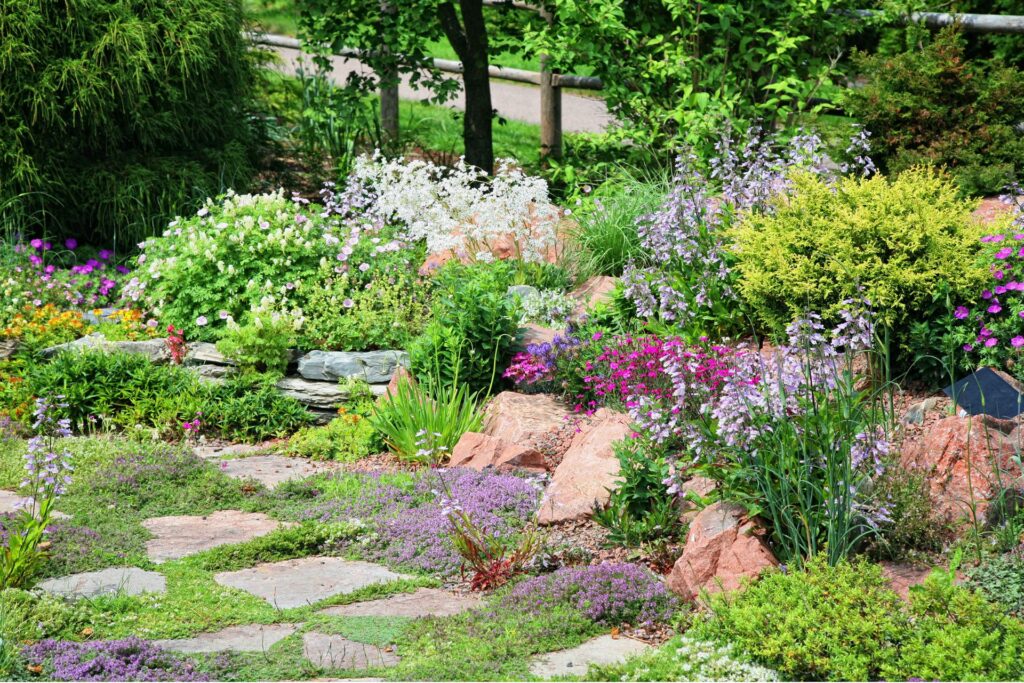
Case Studies And Examples
In this section, we focus on real-life examples and case studies illustrating the transformative effect of large landscaping rocks in New Zealand gardens. By examining actual projects, from the initial planning stages through to the outcomes, we aim to provide practical insights into the cost, installation process, and overall impact of such landscaping decisions.
Real-Life Examples of New Zealand Gardens with Large Landscaping Rocks
Landscaping rocks have become a pivotal feature in modern garden design, particularly in New Zealand where the natural beauty of the landscape blends seamlessly into personal garden spaces. Large rocks are not merely decorative; they provide structure, create focal points, and can even alter the microclimate of a garden. We will look at several gardens across New Zealand from urban homes in Auckland to more sprawling rural properties in Canterbury—showcasing how these rocks serve as central elements in garden aesthetics and functionality.
Before and After Scenarios: Cost, Installation, and Impact
Case Study 1: Urban Oasis Transformation
- Before: A compact Auckland backyard with limited appeal and minimal planting.
- After: Installation of weathered limestone rocks created a multi-tiered garden, introducing depth and an illusion of more space. New plantings around these rocks brought year-round color and texture.
- Cost and Installation: The project involved a moderate investment of approximately NZ$5,000, covering rock purchase, transportation, and professional installation, which took about a week to complete.
- Impact: The garden transformation not only enhanced the property’s visual appeal but also increased its market value and provided a tranquil urban retreat.
Case Study 2: Rural Landscape Enhancement
- Before: A large, open garden in Canterbury with basic grass and few features.
- After: Strategically placed large river stones and boulders helped to segment the garden into different zones, including a water feature area and a drought-resistant plant section.
- Cost and Installation: The extensive use of local stones kept costs lower, around NZ$3,000, with the family opting to install the rocks themselves with some hired help.
- Impact: The redefined spaces brought new life to the garden, encouraging more outdoor activities and improving overall landscape sustainability.
Each case study not only demonstrates the practical applications of large landscaping rocks but also reflects on the broader implications, including improved aesthetic appeal, increased real estate value, and enhanced usability of the garden spaces. Homeowners considering such transformations can draw valuable lessons from these examples, understanding both the potential costs involved and the dramatic enhancements that are possible.
By highlighting these real-life examples and providing comprehensive before and after scenarios, this section aims to inspire homeowners, landscape designers, and garden enthusiasts to explore the creative and functional potential of landscaping rocks in their garden designs. With careful planning and thoughtful implementation, the use of large rocks can significantly transform any space, aligning with both aesthetic preferences and practical needs.
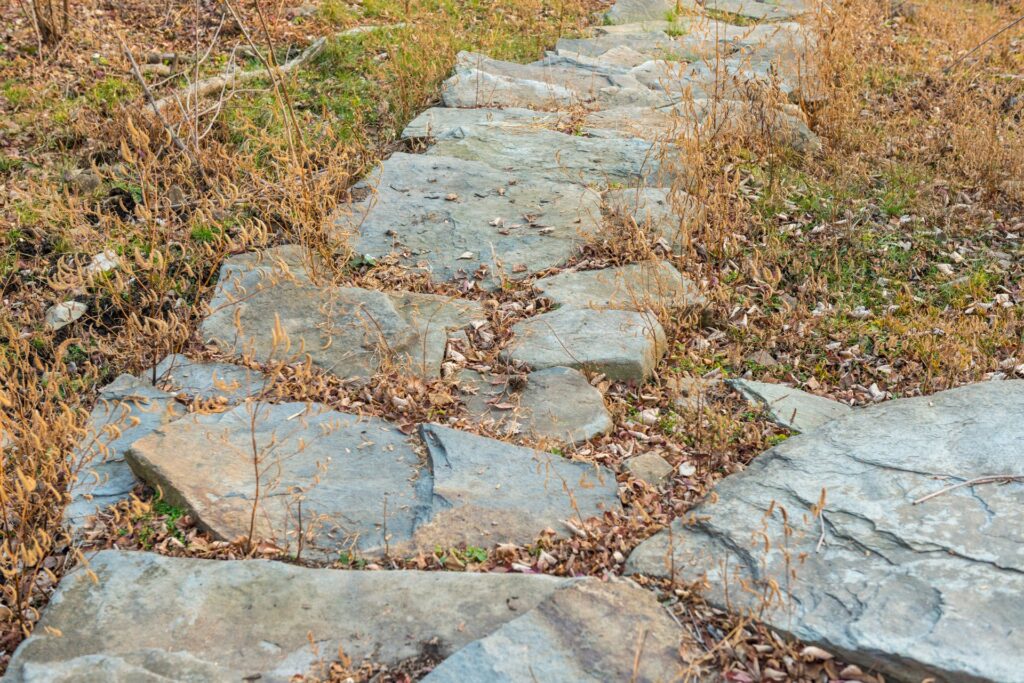
Alternatives To Large Landscaping Rocks
When considering a revamp or design of your garden, large landscaping rocks are a common feature, favored for their natural look and durability. However, various alternatives can equally enhance the beauty of your garden, often at a lower cost and with easier maintenance. In this article, we explore some popular alternatives to large landscaping rocks, such as bark, smaller stones, and synthetic options, along with their advantages and disadvantages.
Bark Mulch
Pros
Cost-Effective: Bark mulch is significantly less expensive than large landscaping rocks. It’s an ideal choice for covering large areas on a budget.
Soil Health: Bark decomposes over time, enriching the soil with organic matter and improving soil health.
Moisture Retention: It helps the soil retain moisture, reducing the need for frequent watering and thus saving on water bills.
Cons
Maintenance: Bark mulch needs to be replenished regularly as it decomposes or gets washed away, which can add up in terms of time and effort.
Pest Attraction: It can attract insects and pests that might be harmful to your garden plants.
Smaller Stones
Pros
Variety: Smaller stones come in various colors and textures, offering flexibility in design.
Low Maintenance: Once placed, these stones do not require frequent upkeep. They do not decompose like organic materials, maintaining their appearance over time.
Cons
Cost: While generally cheaper than large rocks, high-quality or uniquely colored smaller stones can be quite expensive.
Soil Compaction: Smaller stones can compact the soil underneath, potentially restricting water and nutrient absorption by plant roots.
Synthetic Options
Pros
Uniform Appearance: Synthetic landscaping materials, like rubber mulch or faux rocks, provide a consistent look and are available in multiple colors and styles.
Durability: These materials do not degrade over time, maintaining their appearance without needing replacement.
Cons
Environmental Impact: Synthetic materials are not biodegradable and can contribute to environmental pollution if not disposed of properly.
Cost: High-quality synthetic options can be as expensive as natural stone, without the added benefits of natural materials.
Choosing the right landscaping elements depends on your specific needs, budget, and the overall aesthetic you wish to achieve. While large landscaping rocks provide a timeless, rugged beauty, alternatives like bark mulch, smaller stones, and synthetic options offer versatile and often more economical ways to decorate your garden. Each option comes with its own set of benefits and drawbacks, so consider your long-term maintenance capacity and environmental impact when making your choice.
Remember, a well-planned garden not only enhances the curb appeal of your home but also creates a personal retreat space that you can enjoy for years to come. Whether you opt for the natural elegance of stone or the practical benefits of synthetic alternatives, your choice should align with your vision of an ideal outdoor space.
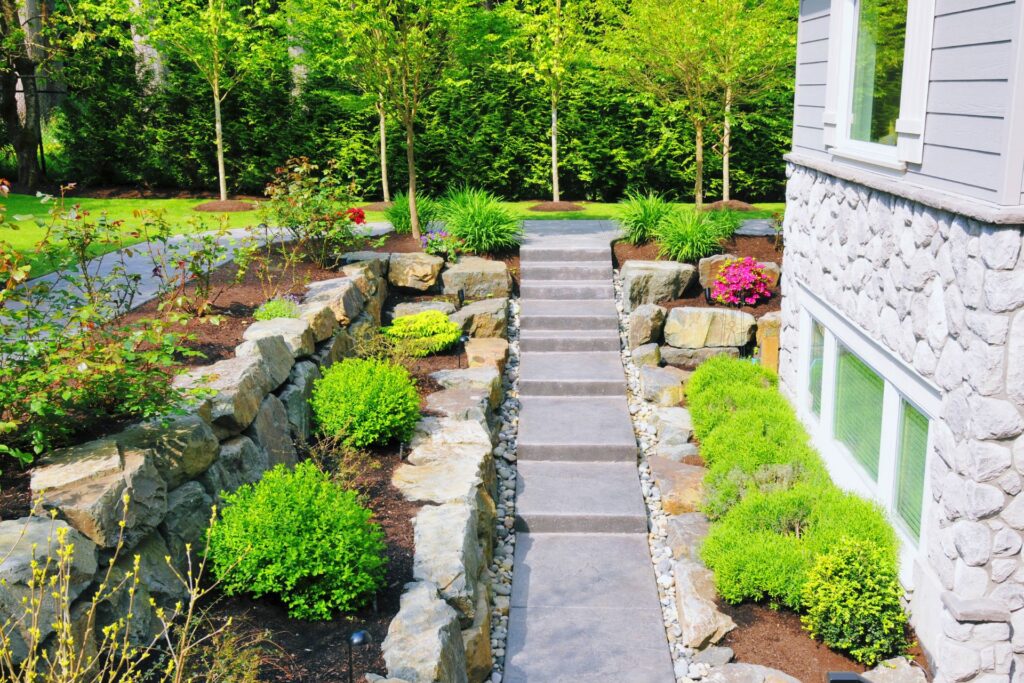
FAQs: About The Cost Of Large Landscaping Rocks NZ
Conclusion
Crafting an effective conclusion for your blog post is key to reinforcing the main points and guiding readers toward informed decisions. Start by succinctly summarizing the key topics discussed, distilling each into digestible takeaways that remind readers of what they’ve learned. Encourage them to weigh all factors, considering the pros and cons and the long-term value of their decisions, using motivational language to inspire confidence. Conclude with a clear call to action, suggesting they consult additional resources, compare options, or share the article with others. To optimize for search engines and ensure your content appears natural, integrate relevant keywords subtly, maintain a conversational tone, encourage reader interaction, and regularly update your content to keep it relevant. This approach not only enhances reader engagement but also boosts your post’s visibility in search results.
Find A Landscaping Company Near You
- Landscaping Auckland
- Landscaping Hawkes Bay
- Landscaping Kapiti
- Landscaping Levin
- Landscaping Porirua
- Landscaping Upper Hutt
- Landscaping Wellington
About the Author:
Mike Veail is a recognized digital marketing expert with over 6 years of experience in helping tradespeople and small businesses thrive online. A former quantity surveyor, Mike combines deep industry knowledge with hands-on expertise in SEO and Google Ads. His marketing strategies are tailored to the specific needs of the trades sector, helping businesses increase visibility and generate more leads through proven, ethical methods.
Mike has successfully partnered with numerous companies, establishing a track record of delivering measurable results. His work has been featured across various platforms that showcase his expertise in lead generation and online marketing for the trades sector.
Learn more about Mike's experience and services at https://theleadguy.online or follow him on social media:

